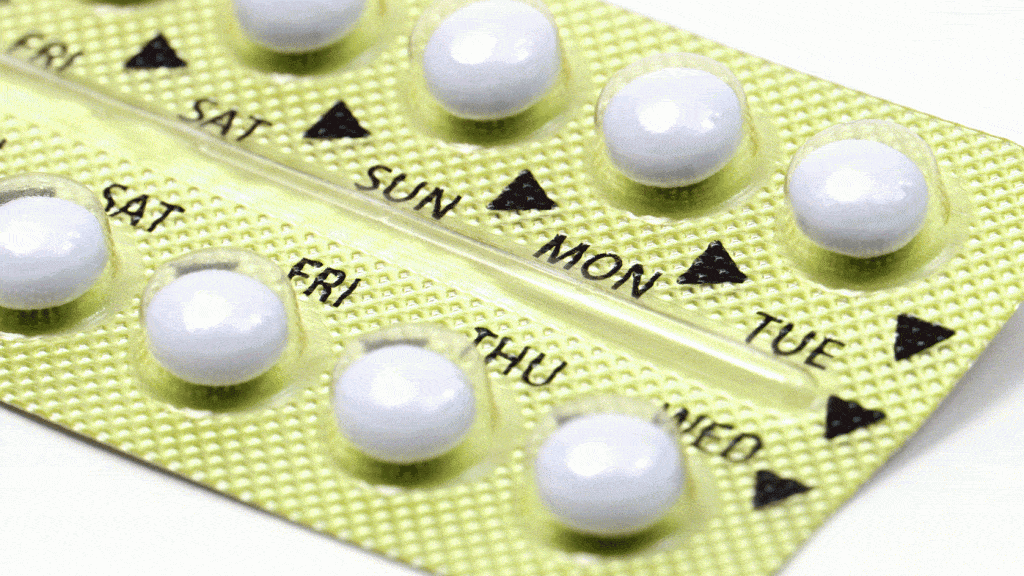
Back in 2004 when I started out, menopause was not something that was spoken about, let alone all over the newspapers and magazines!
Despite so much more information and advice out there about menopause, there are STILL a lot of misconceptions and menopause myths that are confusing women today.
So I thought I’d share with you my top menopause facts, because this is what women need to know known when they are having issues in their early 40’s.
- Menopause happens in your 50’s
You may think you’re too young to think about menopause. Officially menopause is classified as one year after your last period, and on average this happens at age 51-52. But hormones start to decline and fluctuate from the age of 35 onwards (and often earlier!).
These years are known as the peri-menopausal years, and this long transition period can cause havoc for many women. Because the hormone changes are so gradual, you may not notice any symptoms until you’re well into your 40’s (or even 50’s). By being aware of this, you can start to focus on looking after your hormones now.
2. It’s just about hot flushes
Hot flushes (or flashes) and night sweats are the most well-known (and horrible) symptoms of menopause, and are generally thought to be caused by oestrogen fluctuations in the thermoregulation part of the brain.
However there are so many more symptoms that you might not be aware are hormone-related, including weight gain, low energy, mood swings, depression, brain fog, memory loss, insomnia, stress and anxiety, low sex drive and joint pain – to name a few! You can have some or all of these with or without hot flushes, every woman is different.
3. It’s all about oestrogen and progesterone
Oestrogen and progesterone decline and fluctuate during perimenopause, and it’s these changes that can cause quite a few symptoms. However, there are many other hormones that can play up at this time, making it hard to know which hormones are causing what symptoms.
The most common ones that need to be considered as well as oestrogen are: Cortisol, your stress hormone (this one can cause havoc), Insulin your blood sugar hormone and Thyroid, your metabolism regulator. They all interconnect and when one is out, the others can follow.
So when you take HRT as a treatment, it may resolve some symptoms, but you have not addressed the Root Cause of the imbalance. That’s why I always recommend you get your hormones properly assessed by a trained practitioner so that you can rectify the root cause of the imbalance.
4. Your diet doesn’t make any difference
Having a healthy diet with all the right nutrients to help your hormones work properly makes a huge difference not only to your symptoms but also for your future health risks.
5. Dieting will help with weight gain
The minute you hit 40 it seems like your metabolism dies a death and you have to literally starve to lose weight. And then it comes right back on again (and more) once you start eating again!
One of the biggest menopause myths is ‘eat less, move more’! Low calorie and low-fat diets are the worst things for women over 40. You may lose a few pounds in the beginning, but it won’t last and you’ll just be mal-nourished – and your hormones will be all over the place.
Get away from low calorie, deprivation diets, anything ‘diet’ or ‘low fat’ – and start thinking about foods that nourish your body and help balance your hormones. It’s your hormones that control your weight. So balancing them is crucial to any weight loss plan.
6. There’s no point having your hormones tested
Many doctors will test your FSH and LH to see if you’re peri-menopausal, and for me, that’s not particularly helpful, as you can tell that from your age and symptoms! They often won’t test your sex hormones as they say there’s no point due to the fact that they fluctuate so much. The only testing available to them is blood tests, which aren’t that helpful with hormones as it’s just a snapshot of your hormone levels at that moment.
However, there is other ways to assess what is happening in your body.
HTMA together with a specific blood test will assess adrenal gland function, thyroid, gut function, liver & blood sugar handling. All of these things need to be assessed when looking at hormone imbalance.
7. Menopause supplements will help
Many women I see in clinic are taking an over the counter ‘menopause’ formula that is usually heavily marketed at women who are suffering. Unfortunately, they very rarely help, as they are often cheaply made, full of artificial fillers and additives, and very low in the actual vitamins and minerals that you need.
There are lots of very helpful supplements that a qualified health practitioner can recommend for you, safely but first you should be tested to establish your own individual needs.
8. There is nothing can do about it ? So you just have to get on with it
NOT TRUE! There are so many things you can do. From cleaning up your diet, to minimising your exposure to hormone disrupting chemicals, to better managing your stress, to getting the right exercise, to taking the right supplements…some simple tweaks to your diet and lifestyle (that are pleasurable not difficult) can make all the difference to your symptoms.
If you are suffering from peri or post-menopausal symptoms, then please ASK FOR HELP.
Contact me at info@thermographyireland.ie or call 086 1623683 and I can help you to get properly tested and explain what your options are for a better quality of life.











